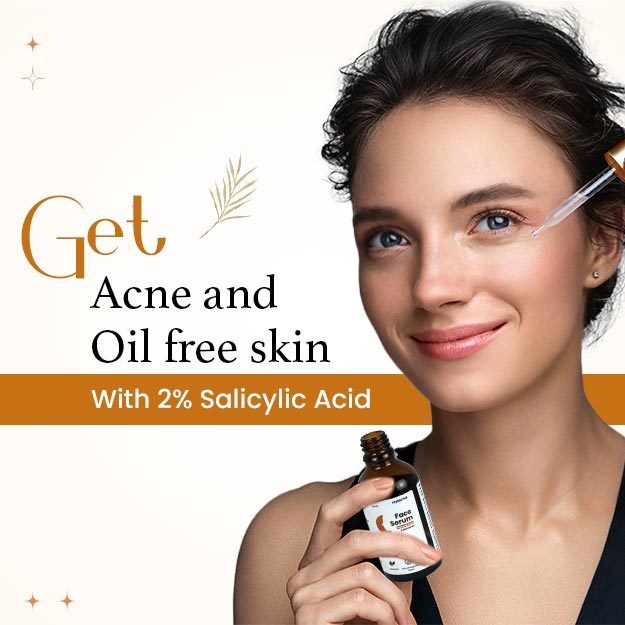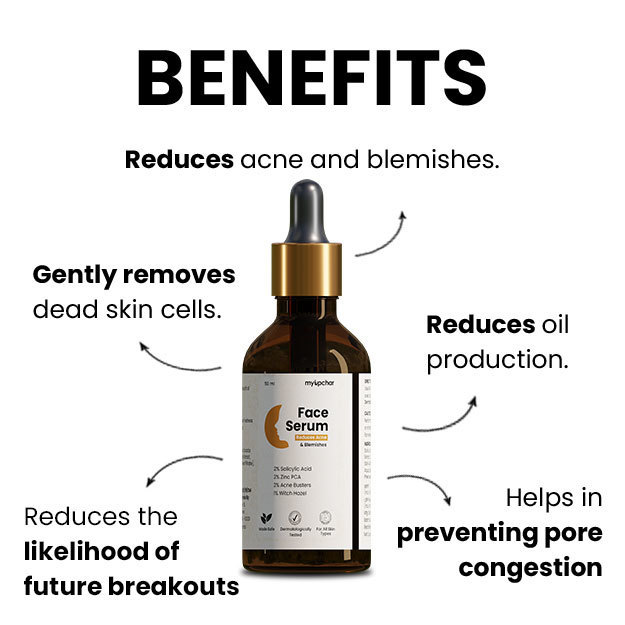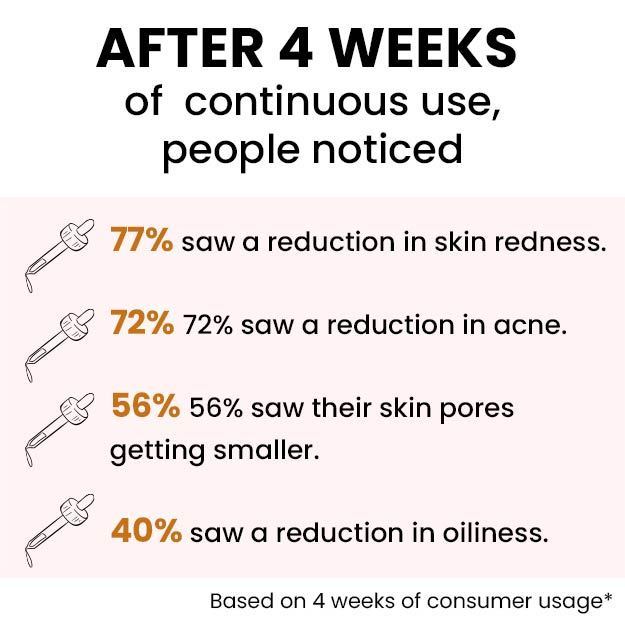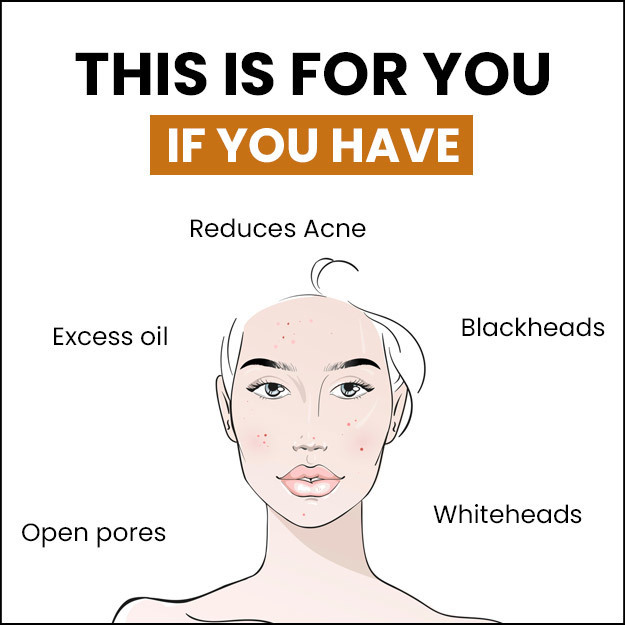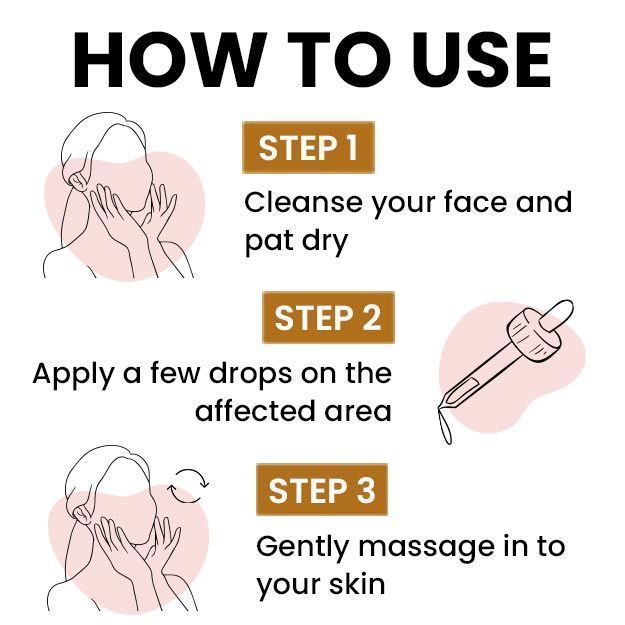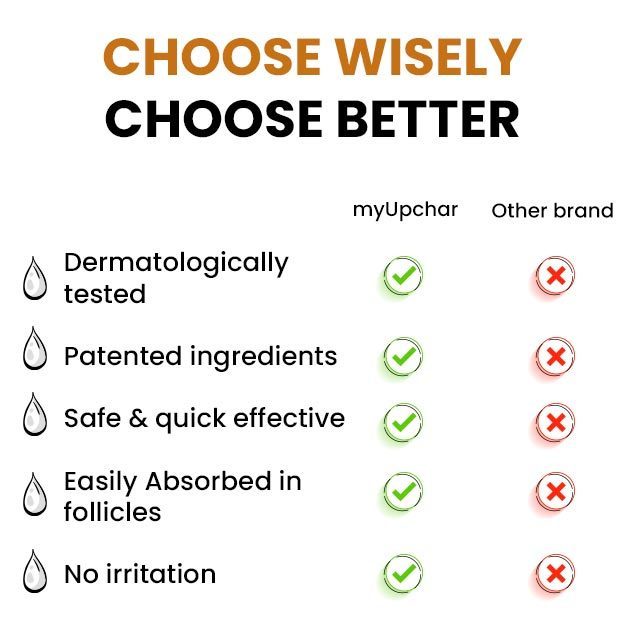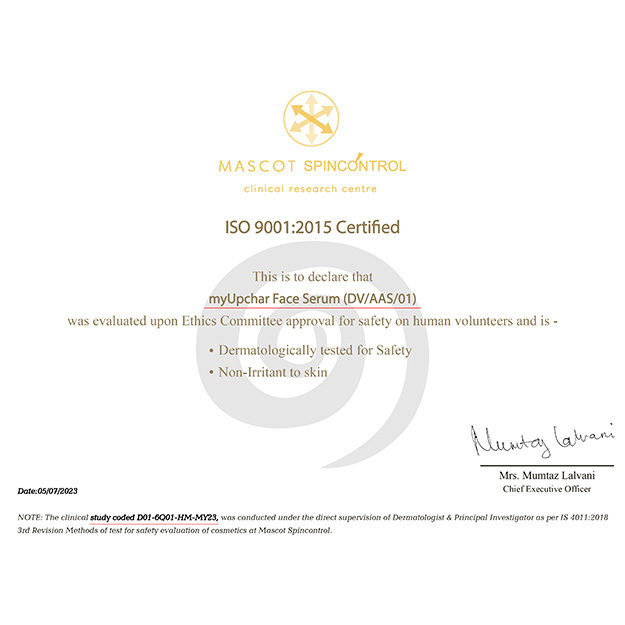When we hear the word "acid," the first thing that comes to mind is something that can burn or harm us. But when used in the right concentrations, acids are actually some of the most beneficial ingredients available in skin care.
These are used to cure acne, wrinkles, age spots, blemishes and uneven skin tone but nowadays there are so many acids available in the market that we do not know which acid is good for us. What to use – and for whom – and what products to buy. Let us know about some acids -
Read more - (Soothing Serums: The 10 Best Face Serums )





